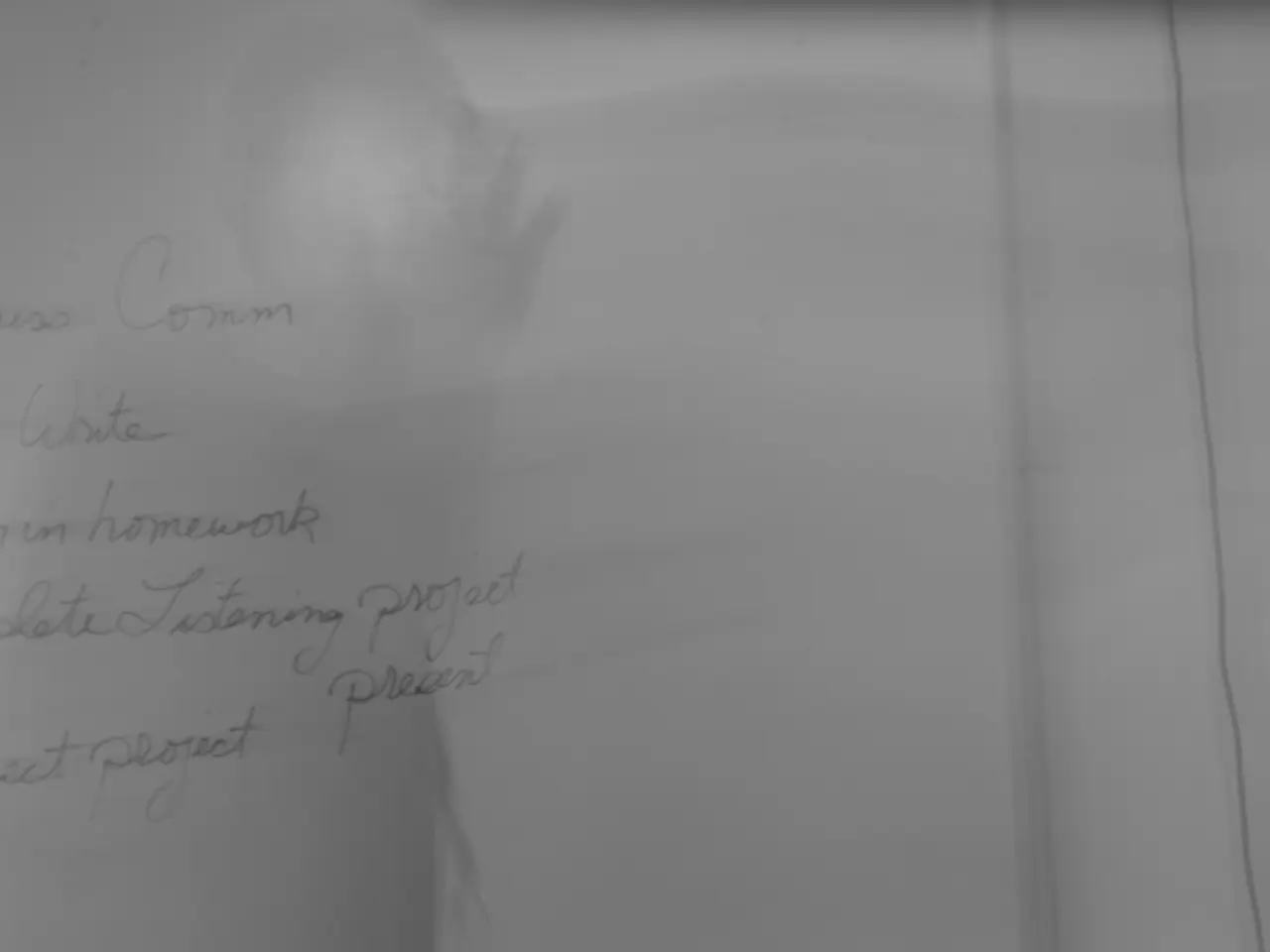Easy Watercolor Methods for Newcomers to Master in the Coming Year
In the captivating world of watercolor painting, understanding the core techniques that control paint and water interactions on paper is essential. Here are the fundamental methods every aspiring artist should know:
- Washes (Flat & Graded): By applying diluted pigment in even strokes, you can create a flat wash, or tilt the paper and add clear water to create a graded wash from light to dark. This technique controls color intensity and smooth transitions.
- Wet-on-Wet: This method involves applying clear water to the paper first, then dropping in pigment. The paint blooms and creates soft, blurred edges ideal for backgrounds, skies, or floral effects.
- Wet-on-Dry: Painting directly onto dry paper allows for sharp, defined edges and detailed shapes. This method enables controlled layering and building of texture.
- Layering and Glazing: Applying transparent washes over dry layers deepens color, shifts hues, or adds richness without obscuring underlying layers.
- Lifting: Removing wet pigment by dabbing with a lightly damp brush or paper towel creates highlights and adjusts values while the paint is still damp.
- Edge Control (Hard vs. Soft Edges): Manipulating moisture at shape boundaries defines whether edges are crisp (dry paper) or blended (pre-wet paper).
- Timing and Paint Consistency: Adjusting the amount of water in the pigment and timing the layering (e.g., painting in the “damp but not shiny” stage around 60–90 seconds after a wash) influences how colors set and blend.
Other useful techniques include:
- Tubed paints stay moist longer and mix easily on your palette, while pan paints work well for outdoor painting and travel setups.
- Wax resist creates organic, textured effects by repelling watercolor paint and is used with white candles, crayons, or specialized wax products on dry paper.
- Masking fluid preserves white areas with precise control and is applied with an old brush or specialty tools before painting.
Choosing the right materials is crucial. Cotton watercolor paper absorbs water evenly and allows for easier color lifting, while wood pulp papers work for practice but don't handle multiple washes as well. Hot-pressed paper has a smooth surface perfect for detailed work and precise lines, while cold-pressed paper offers a medium texture that works well for most techniques. Rough paper provides the most texture with deep grooves that create interesting effects.
Besides, essential starting colors for watercolor painting include cadmium yellow, cadmium red, ultramarine blue, burnt umber, and payne's gray. These five colors mix to create most hues you'll need for early paintings.
Lastly, masking tape creates clean, sharp lines in watercolor paintings when applied firmly to dry paper before painting and removed while paint is slightly damp. Flat brushes excel at creating clean edges and rectangular shapes, and a 1-inch flat brush covers large areas quickly. Round brushes are versatile tools for watercolor painting, with size 12 or 14 round brushes holding plenty of water for large washes and size 6 or 8 rounds working well for medium details. Natural hair brushes hold more water and maintain better points than synthetic brushes, but synthetic brushes cost less and work well for beginners learning basic techniques.
By mastering these techniques and selecting suitable materials, you'll be well on your way to creating stunning watercolor pieces that showcase your unique artistic vision. Happy painting!
- For aspiring artists, understanding the art of watercolor painting involves mastering techniques like washes (flat and graded), wet-on-wet, wet-on-dry, layering and glazing, lifting, edge control, and timing and paint consistency.
- Tutorials on various watercolor techniques can inspire designers in lifestyle, fashion-and-beauty, food-and-drink, home-and-garden, and education-and-self-development industries.
- When it comes to materials, cotton watercolor paper is recommended for even water absorption, while hot-pressed paper is ideal for detailed work, and rough paper offers the most texture.
- Investing in a variety of brushes, including flat brushes, round brushes, and natural hair brushes, ensures a versatile toolkit for watercolor drawing.
- Watercolor painting requires essential starting colors such as cadmium yellow, cadmium red, ultramarine blue, burnt umber, and payne's gray, which mix to create various hues.
- In addition to the basic materials, tools like masking tape and masking fluid can provide precision and control when creating watercolor pieces, helping to showcase an artist's unique design sensibilities.




